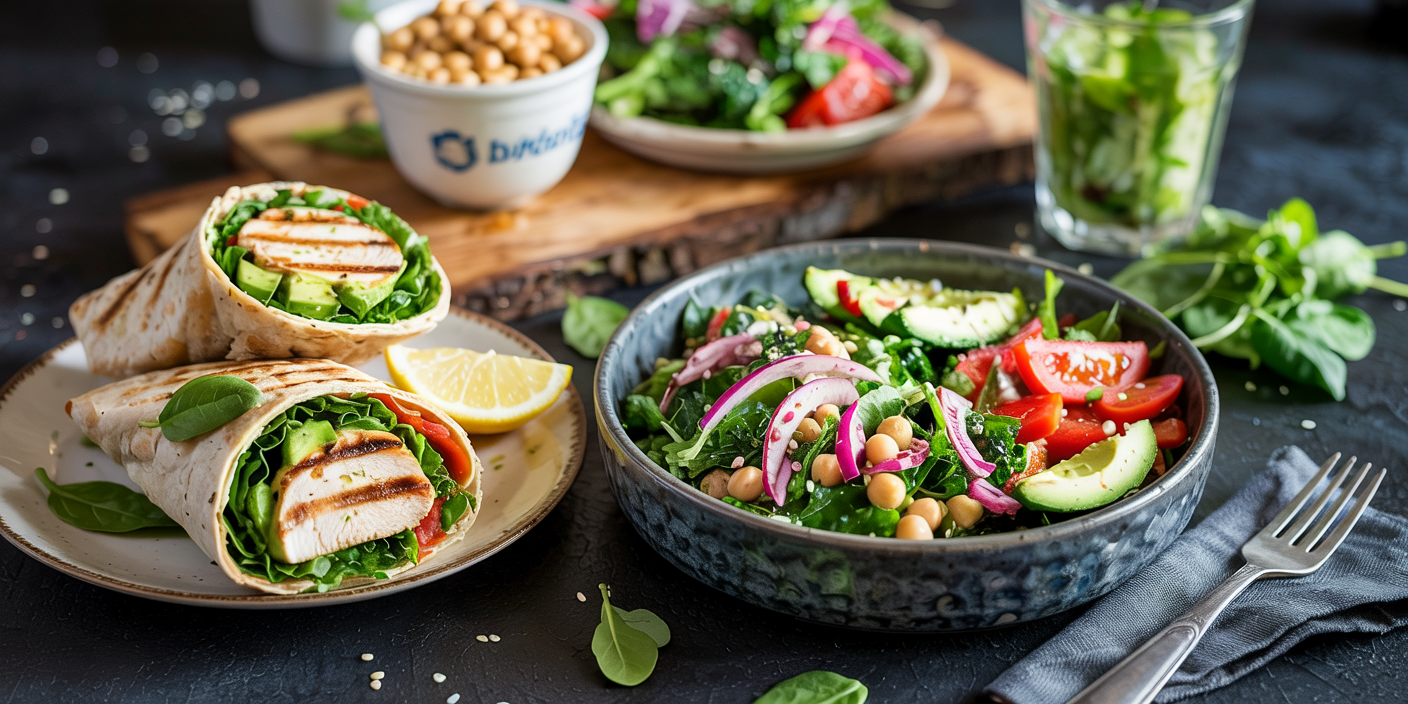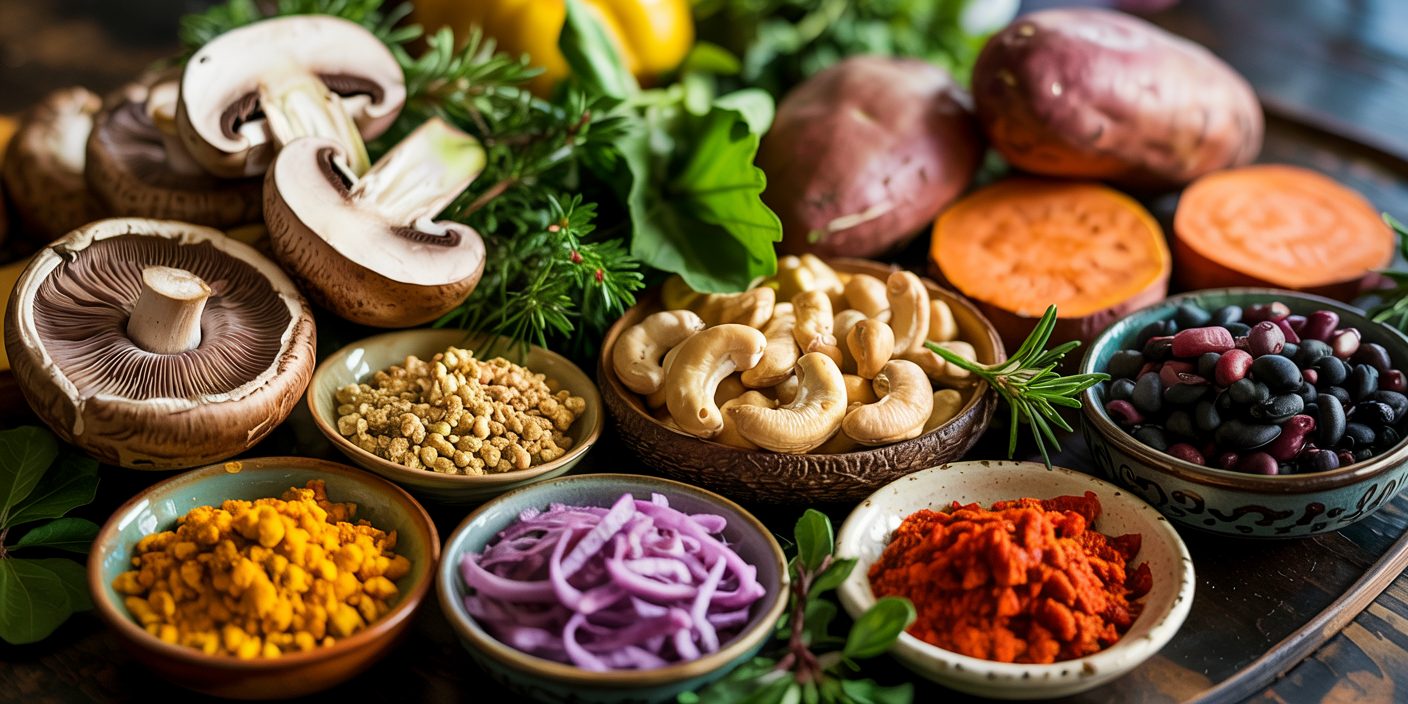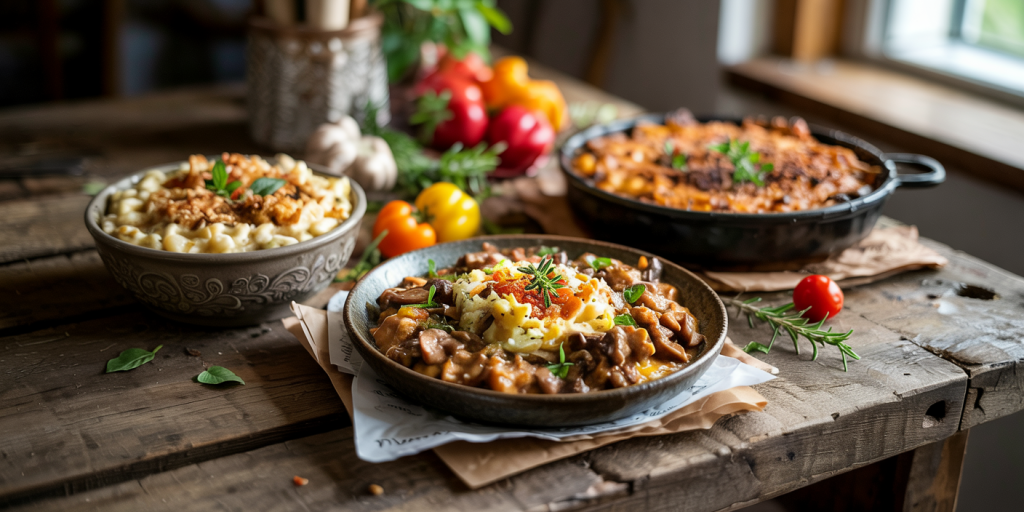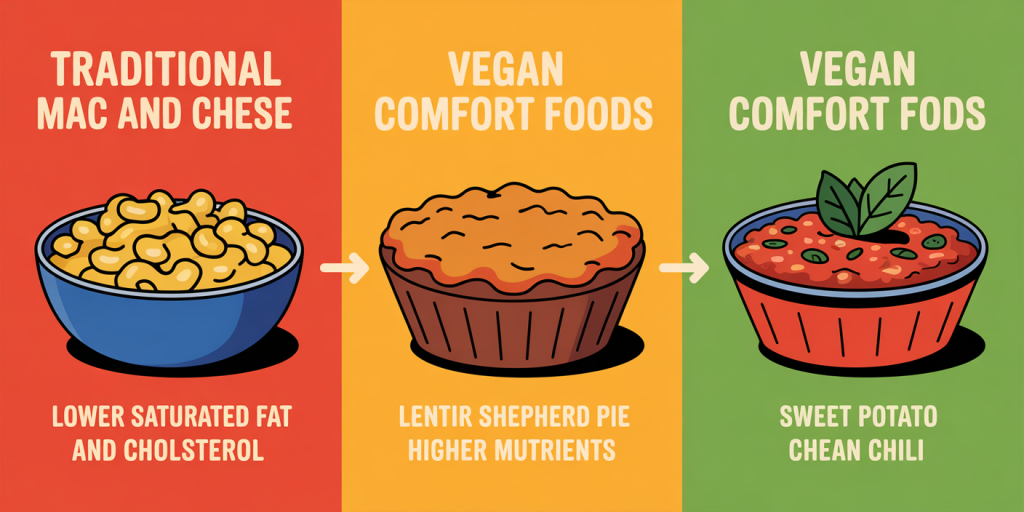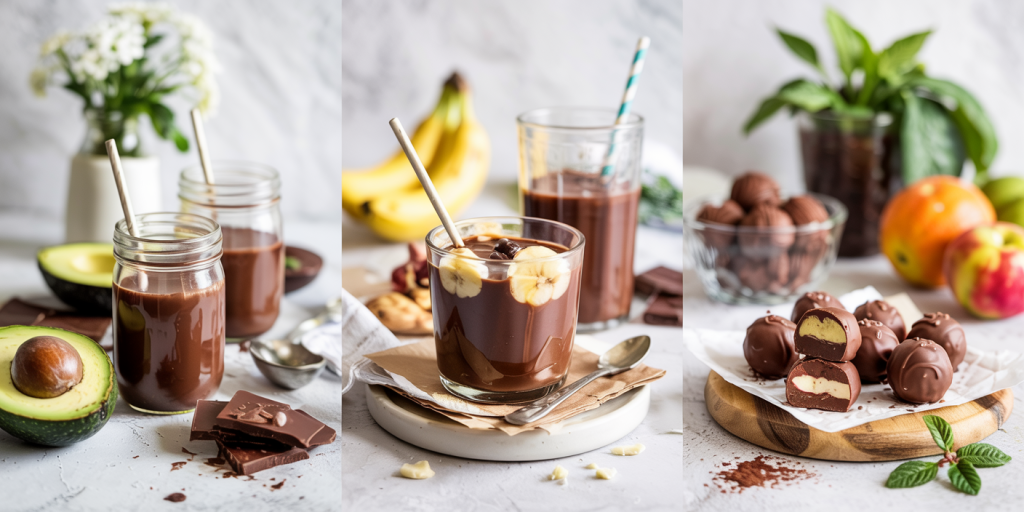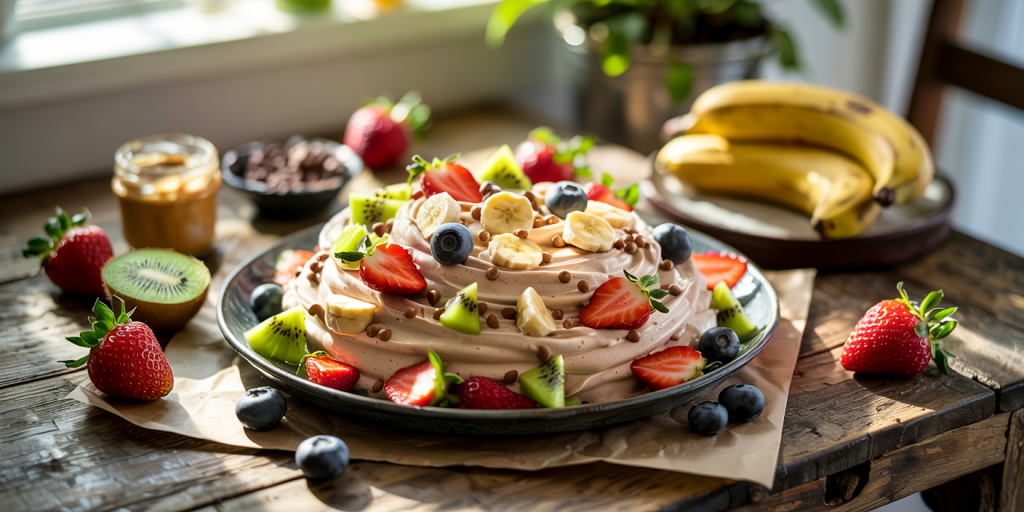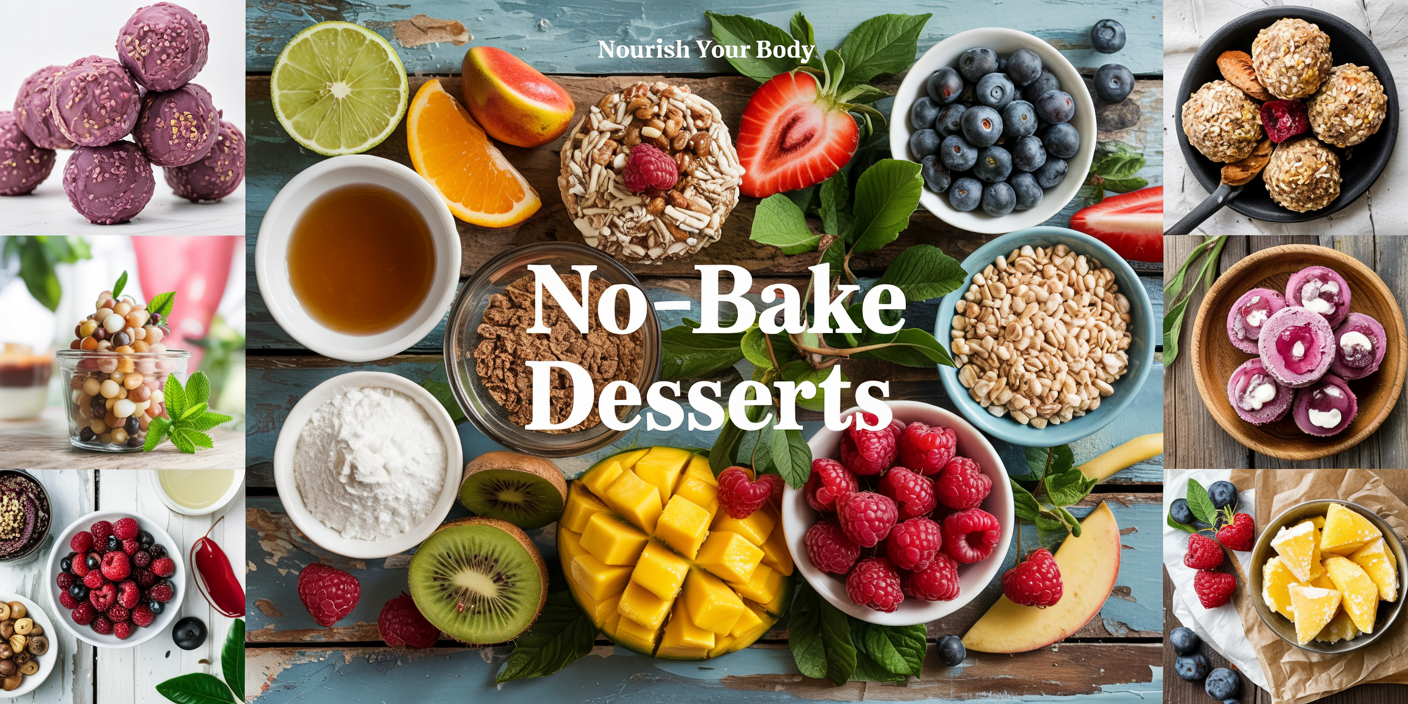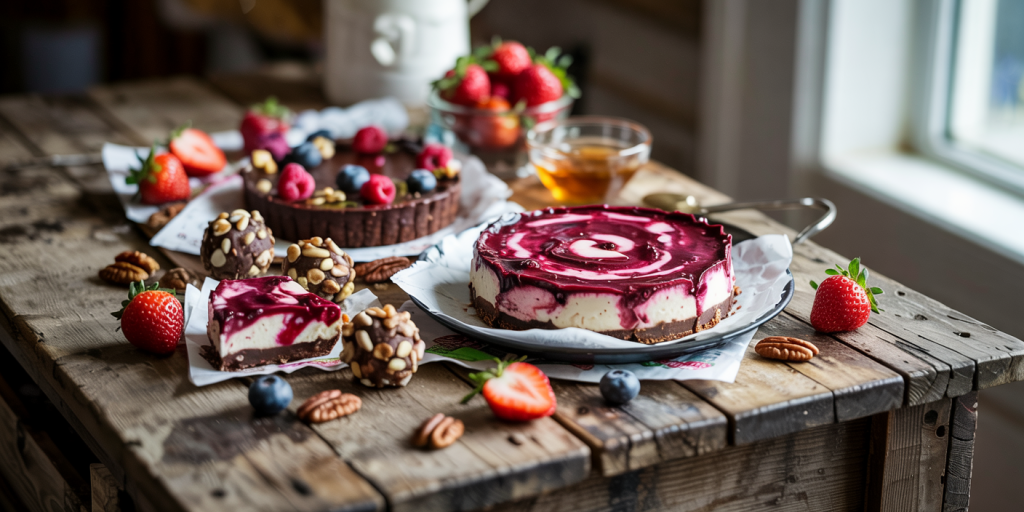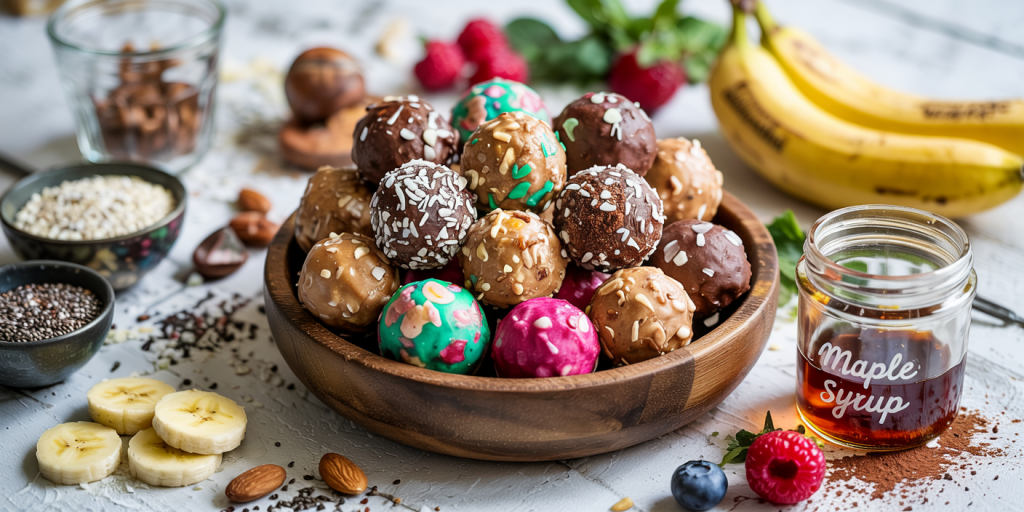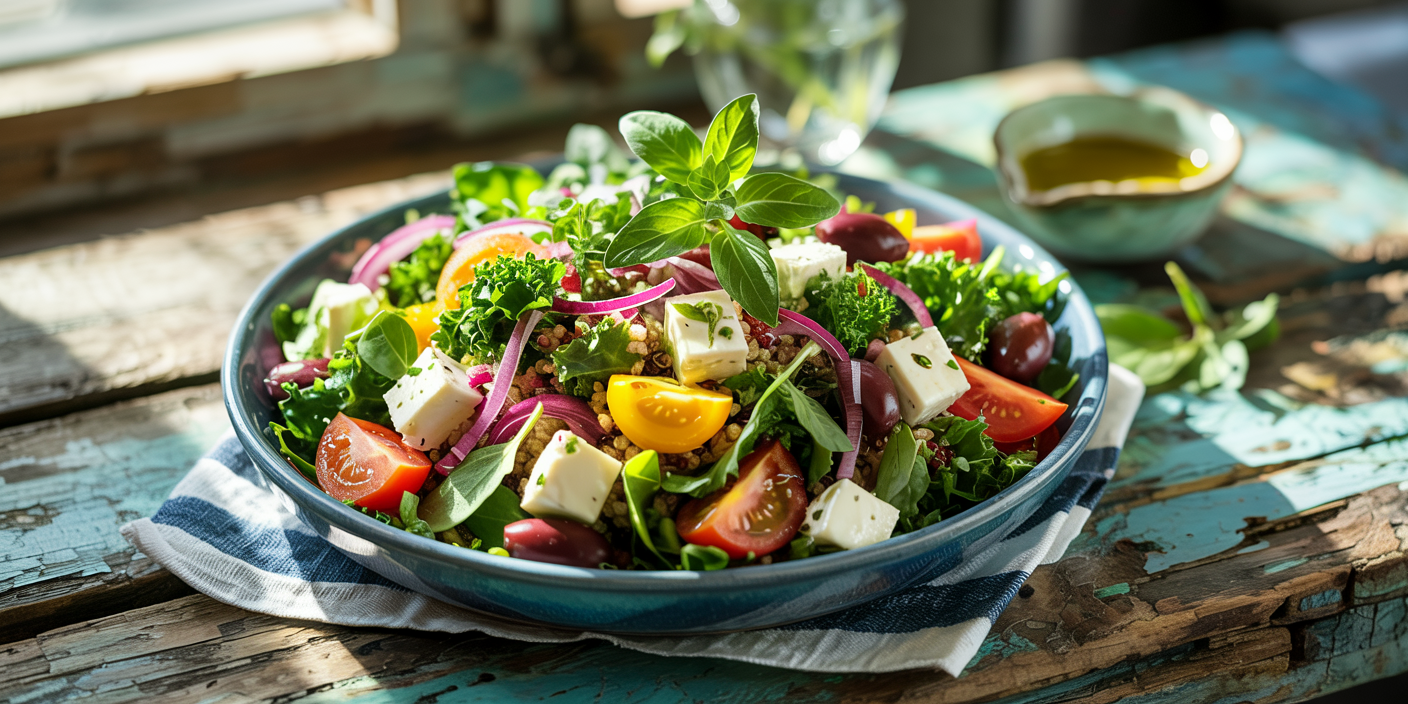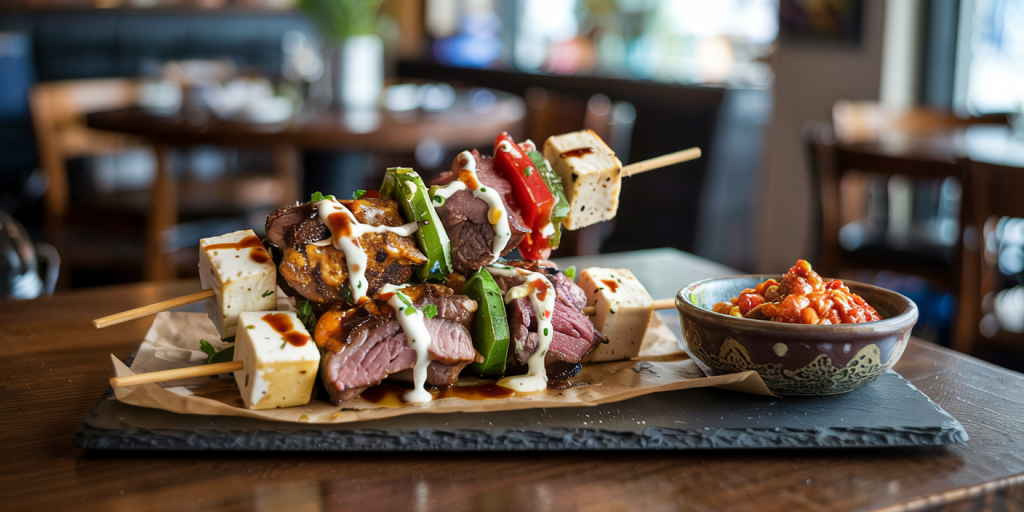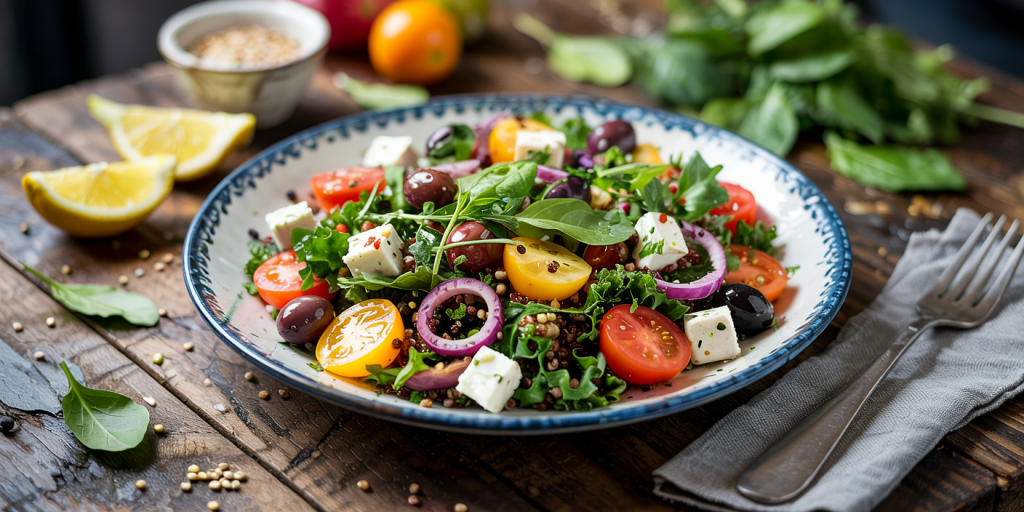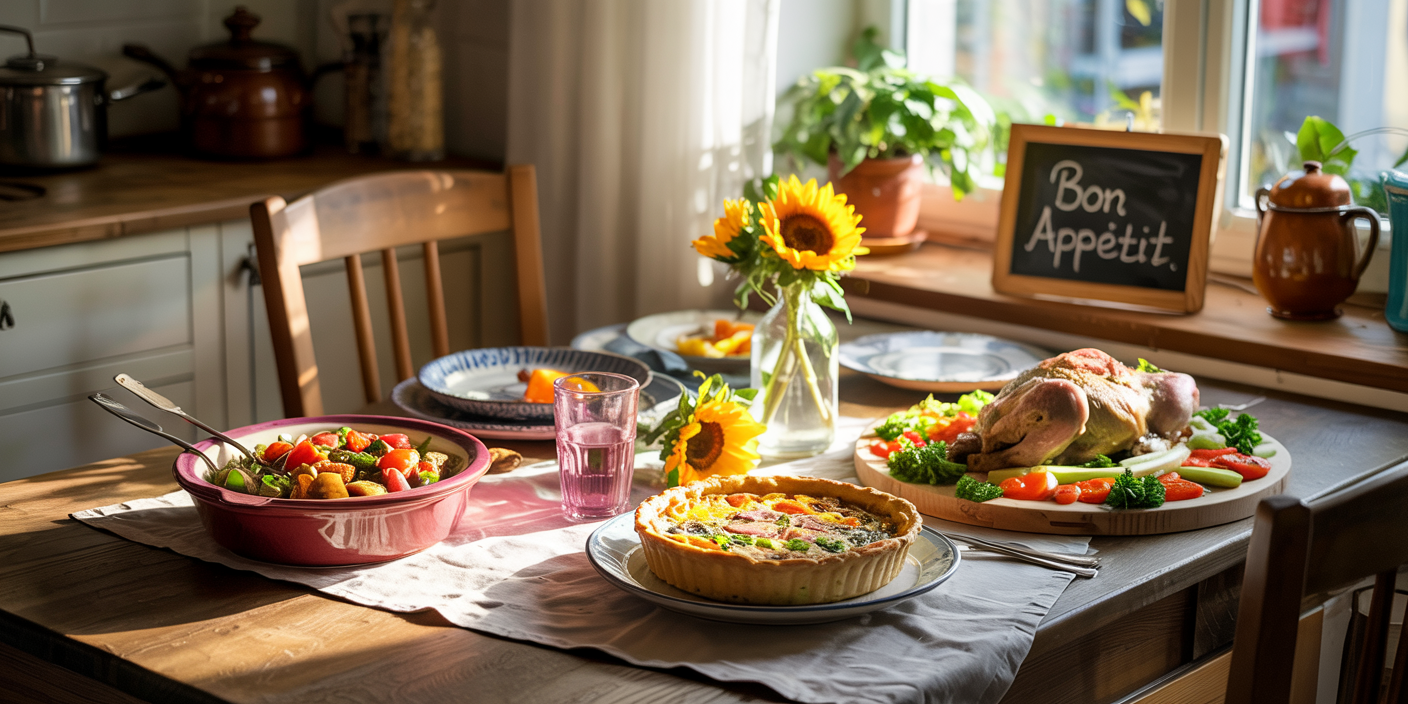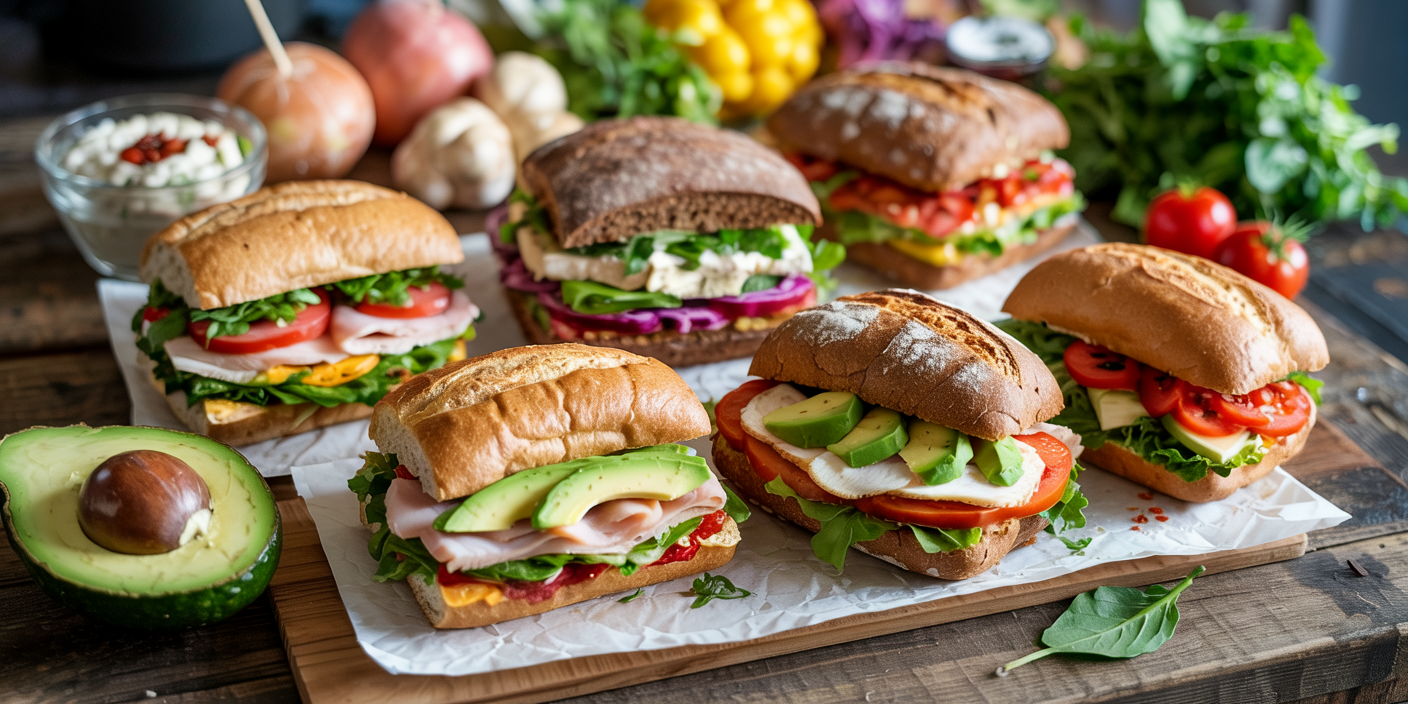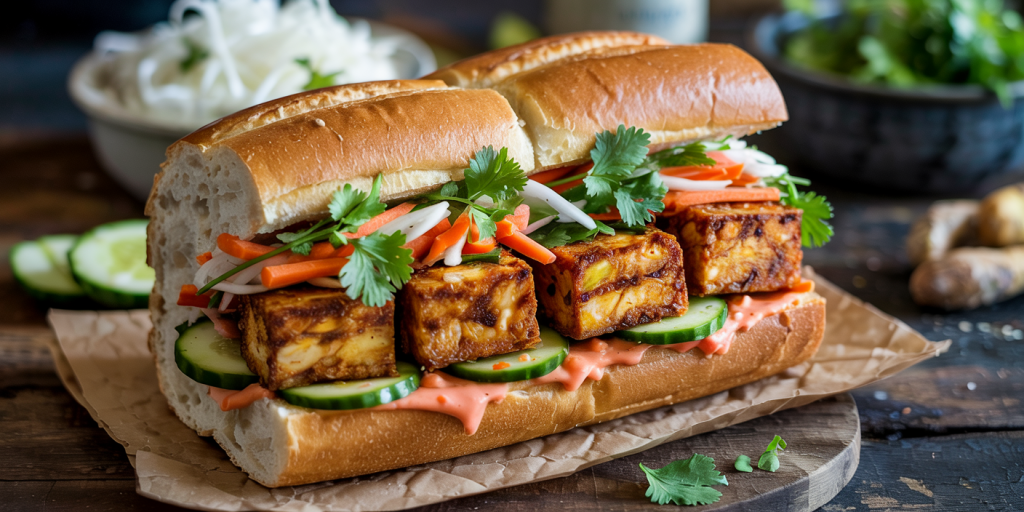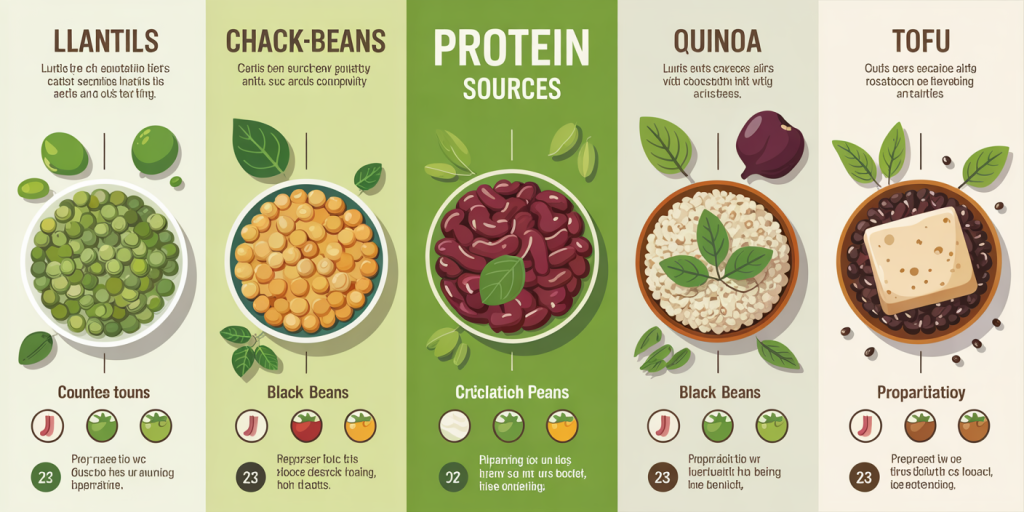Maintaining a balanced diet is essential for overall health, disease prevention, and long-term well-being. However, many individuals struggle to make healthy choices consistently due to taste preferences, convenience, or lack of knowledge about nutritious alternatives. Healthy meal swaps offer a practical and sustainable approach to improving diet quality without sacrificing enjoyment. By making small but impactful adjustments to daily meals, one can significantly reduce calorie intake, increase nutrient consumption, and promote better energy levels.
Research from the Harvard School of Public Health shows that people who incorporate healthy swaps into their meals reduce their risk of chronic diseases such as obesity, type 2 diabetes, and cardiovascular conditions by up to 40% (Harvard T.H. Chan, 2021). This article explores various meal swaps across breakfast, lunch, dinner, and snacks, highlighting evidence-based options supported by real-life cases and comparative nutritional data.
Reimagining Breakfast: Nutritious Alternatives to Kickstart Your Day
Breakfast is often dubbed the most important meal of the day, yet many popular morning foods load on sugars, unhealthy fats, and refined carbohydrates. Instead of reaching for sugary cereals or pastries, consider swapping to options rich in protein, fiber, and healthy fats to stabilize blood sugar and improve satiety.
For example, Greek yogurt with fresh berries replaces traditional high-sugar breakfast cereals, reducing sugar intake by as much as 25 grams per serving (USDA Food Database, 2023). Greek yogurt also contains approximately 17 grams of protein per cup, which contributes to sustained fullness and supports muscle maintenance.
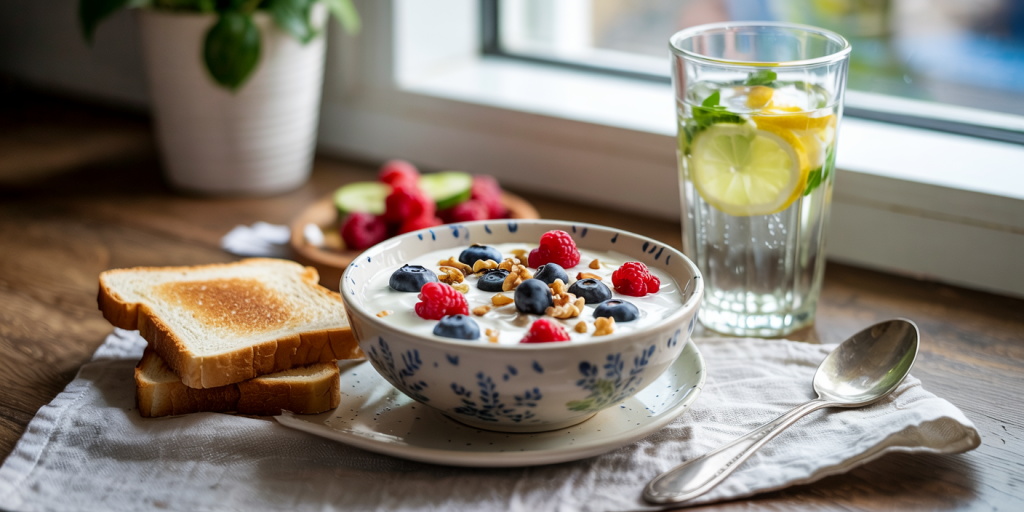
Another practical breakfast swap involves switching regular white bread toast for whole grain or sprouted grain varieties. Whole grain breads contribute an average of 3 – 5 grams more fiber per slice compared to white bread, promoting digestive health and reducing the risk of cardiovascular disease (Mayo Clinic, 2022).
An illustrative case is the Breakfast for Champions program implemented in schools in California, which noted a 30% increase in students’ fruit and whole grain intake after promoting simple swaps like oatmeal over sugary cereals and adding nuts as toppings (CA Department of Public Health, 2021).
Smart Lunch Swaps: Elevate Nutrient Intake Midday
Lunch is frequently a missed opportunity for incorporating vegetables and lean proteins. Fast food and processed meals dominate many workplaces, often leading to excessive sodium and calorie intake coupled with poor micronutrient profiles. Swapping high-calorie, processed lunch options for balanced meals can optimize nutrient density.
A popular swap is replacing mayonnaise-based chicken salad sandwiches with grilled chicken wraps filled with avocado, mixed greens, and whole grain tortillas. This switch reduces saturated fat and sodium while increasing healthy monounsaturated fats and fiber. For example, a portion of chicken salad with mayonnaise can contain approximately 350 calories and 6 grams of saturated fat, whereas a grilled chicken wrap with avocado typically contains around 280 calories and 2 grams of saturated fat (Nutrition Data, 2023).
Vegetarian lunch swaps also have become mainstream, encouraging the substitution of processed deli meats with plant-based proteins such as chickpea or lentil salads. According to a 2022 study published in the Journal of Nutrition, participants who replaced processed meats with legume-based meals over eight weeks experienced significant reductions in LDL cholesterol and inflammatory markers.
Practical advice includes preparing salad bowls with quinoa, kale, cherry tomatoes, and a light vinaigrette instead of pasta salads heavy in creamy dressings. Quinoa provides complete protein and essential minerals like magnesium and phosphorus, while kale offers vitamin K and antioxidants that support immune health.
| Lunch Option | Calories | Saturated Fat (g) | Fiber (g) | Sodium (mg) |
|---|---|---|---|---|
| Chicken Salad with Mayonnaise | 350 | 6 | 2 | 650 |
| Grilled Chicken Avocado Wrap | 280 | 2 | 7 | 420 |
| Pasta Salad with Creamy Dressing | 400 | 8 | 3 | 780 |
| Quinoa Kale Salad with Vinaigrette | 320 | 1 | 9 | 350 |
Dinner Delights: Swapping for Health without Compromising Flavor
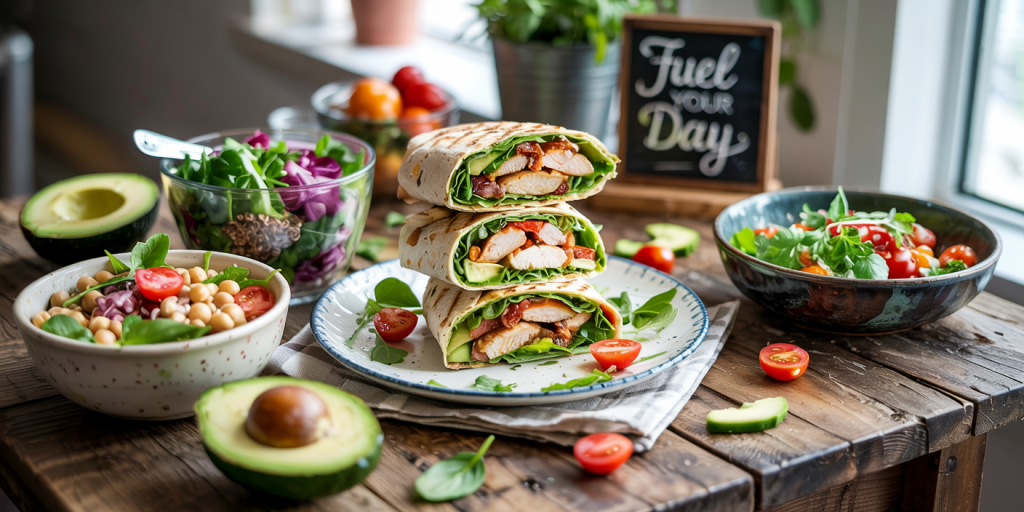
Dinner often involves rich, heavy meals that contribute heavily to daily calorie surplus and unhealthy fat consumption. Re-envisioning dinner by incorporating healthy swaps can impact weight management, improve digestion, and optimize nutrient absorption.

One effective swap involves replacing fried meats with baked or grilled alternatives. For instance, instead of fried chicken, baked chicken breast seasoned with herbs lowers the intake of trans fats and reduces total calories by up to 30% per serving (American Heart Association, 2023). Additionally, integrating more vegetables and complex carbohydrates balances macronutrient consumption.
Cauliflower rice is an increasingly popular replacement for traditional white rice, significantly lowering carbohydrate content while boosting fiber and vitamins such as vitamin C and K. Cauliflower rice contains approximately 25 calories per cup compared to white rice’s 205 calories (USDA Database, 2023). This swap benefits those managing blood sugar or attempting weight loss.
Another dinner swap includes substituting creamy pasta sauces with tomato-based or olive oil-based sauces. Cream-based sauces can add saturated fats and calories that sabotage health goals. For people with lactose intolerance, tomato-based sauces lower digestive distress and provide lycopene, a potent antioxidant linked to reduced prostate cancer risk.
Real-life success stories such as participants in the Mediterranean diet intervention study demonstrated dramatic improvement in cardiovascular markers by swapping butter-heavy sauces with olive oil and increasing plant-based meals by just 20% (NEJM, 2018).
Snacking Smarter: Nutrient-Dense Options over Empty Calories
Snacking plays a crucial role in daily energy balance, but poor snack choices can contribute to weight gain and nutrient imbalances. Traditional snacks like chips, candy bars, and sugary drinks deliver high calories with minimal vitamins or minerals.
Healthy snack swaps focus on replacing processed snacks with whole foods that provide fiber, protein, and healthy fats. For instance, swapping potato chips (140 calories, 10 grams fat per serving) with air-popped popcorn (30 calories, 0.3 grams fat per cup) cuts fat intake dramatically while still satisfying crunch cravings.
Nuts and seeds are nutrient powerhouses that serve as excellent alternatives. A 28-gram serving of almonds contains approximately 160 calories, 6 grams protein, and 3.5 grams fiber. A case study from the American Journal of Clinical Nutrition demonstrated that incorporating moderate daily almond consumption improved satiety and lipid profiles in overweight individuals (2019).
Fruit swaps can also enhance snack quality. Instead of processed fruit snacks high in added sugars, fresh or dried fruit without added sugar provides antioxidants and fiber. Dates or apricots combined with modest cheese portions create nutrient-dense mini-meals that stabilize blood sugar.
| Snack Option | Calories (per serving) | Total Fat (g) | Protein (g) | Fiber (g) | Added Sugar (g) |
|---|---|---|---|---|---|
| Potato Chips (28g) | 140 | 10 | 2 | 1 | 0 |
| Air-Popped Popcorn (3 cups) | 90 | 1 | 3 | 3.5 | 0 |
| Almonds (28g) | 160 | 14 | 6 | 3.5 | 0 |
| Store-bought Fruit Snacks | 80 | 0 | 0 | 1 | 15 |
| Fresh Apple (medium) | 95 | 0.3 | 0.5 | 4 | 0 |
Beverage Choices: Refreshing Swaps for Optimal Hydration and Health
Beverages often account for hidden calories and sugars in the diet. Sugary sodas, sweetened coffee drinks, and fruit juices are major contributors to excess calorie intake, with the CDC estimating that beverages contribute about 50% of added sugars in the American diet (CDC, 2022).
A simple swap is replacing soda and sugary drinks with infused water or herbal teas. Infused water (water with sliced fruits, cucumber, or mint) provides flavor without calories or sugar. Herbal teas such as chamomile or green tea come with antioxidant benefits and promote hydration.
Switching from whole milk coffees loaded with cream and sugar to black coffee or coffee with minimal low-fat milk reduces calorie intake by approximately 60 calories per cup, a change with cumulative weight management effects when repeated multiple times daily.
The table below compares common beverage choices:
| Beverage | Calories (per 12 fl oz) | Added Sugars (g) | Caffeine (mg) | Key Benefits |
|---|---|---|---|---|
| Regular Soda | 150 | 39 | 0 | None |
| Fruit Juice (100%) | 110 | 24 (natural) | 0 | Vitamins but high sugar content |
| Black Coffee | 5 | 0 | ~95 | Antioxidants, improved metabolism |
| Herbal Tea | 0 | 0 | 0 | Hydration, antioxidants |
| Infused Water | 5 | 0 | 0 | Hydration without sugar |
The Future of Healthy Meal Swaps: Trends and Innovations
Looking ahead, the market for healthy meal swaps is evolving rapidly thanks to increased consumer awareness and advances in food technology. Personalized nutrition, which leverages genetic and microbiome data, is expected to inform optimal meal swaps tailored to individual metabolic responses and health goals.
Plant-based alternatives to animal proteins are front and center in this transformation. Products mimicking meat and dairy textures and flavors without the environmental footprint are expanding access to nutritious swaps without requiring major lifestyle shifts.
Digital apps are also revolutionizing how meal swap decisions are made. Using barcode scanners and AI, these platforms suggest healthier alternatives in real-time while shopping, empowering users to make informed choices efficiently.
Moreover, public health policy interventions aimed at improving food labeling transparency and incentivizing healthier food formulations promise to widen the spectrum of accessible swaps. For instance, front-of-package labeling has been shown to increase consumer selection of lower-calorie and lower-sodium products (WHO, 2023).
Increased global focus on sustainable nutrition will also drive innovations incorporating local, seasonal ingredients into meal swaps that bolster health and support environmental stewardship.
Healthy meal swaps are more than a dieting trend—they represent a sustainable path to better nutrition and wellness. As science progresses and resources improve, individuals will enjoy unparalleled support in making swaps that align with their unique needs and lifestyles.
—
References Harvard T.H. Chan School of Public Health (2021). Healthy Eating Plate and Healthy Eating Pyramid. USDA Food Database (2023). National Nutrient Database for Standard Reference. Mayo Clinic (2022). Whole Grains: Hearty Options for a Healthy Diet. California Department of Public Health (2021). Breakfast for Champions Nutrition Report. Journal of Nutrition (2022). Effects of Legume-Based Meals on Lipid Profiles. American Heart Association (2023). Healthy Cooking Tips. NEJM (2018). Mediterranean Diet and Cardiovascular Outcomes Study. American Journal of Clinical Nutrition (2019). Almond Consumption and Satiety. Centers for Disease Control and Prevention (CDC) (2022). Added Sugars Intake in the United States. World Health Organization (WHO) (2023). Front-of-Package Labeling and Consumer Behavior.
